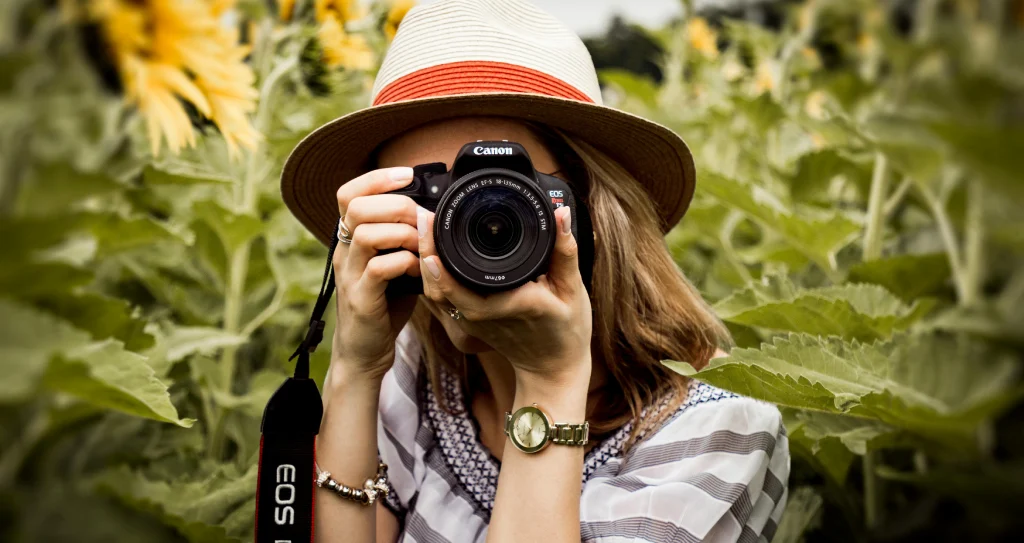Introduction:
Photographers face a unique set of challenges and opportunities when shooting at night. You need to be imaginative, well-versed in your camera, and aware of its capabilities in order to capture stunning images in low light. These important hints and tips will assist you in taking stunning nighttime photographs whether you are just getting started with night photography or want to improve your skills.
1. Use a Tripod:
A sturdy tripod is one of the most important tools for night photography.A tripod helps stabilize your camera and prevents blurry images caused by camera shake because longer exposures are frequently required in low-light conditions.For better stability and sharper images, get a good tripod that fits your camera setup.
2. Master Manual Mode:
While programmed modes can be helpful, manual mode gives you full command over your camera settings, fundamental for night photography. To achieve the desired exposure, manually adjust your ISO, shutter speed, and aperture (also known as the f-stop). To capture light trails or starry skies, start with a wide aperture (low f-stop) and experiment with various shutter speeds.
3. Understand White Balance:
The mood of your photos can be affected by the color temperatures of nighttime scenes. To achieve creative effects or accurate color representation, play around with various white balance settings, such as daylight or tungsten. When you shoot in RAW, you can adjust white balance more easily in post-processing.
4. Long Exposure Techniques:
The mood of your photos can be affected by the color temperatures of nighttime scenes. To achieve creative effects or accurate color representation, play around with various white balance settings, such as daylight or tungsten. When you shoot in RAW, you can adjust white balance more easily in post-processing.
5. Experiment with Light Sources:
Cityscapes and urban environments offer a wealth of artificial light sources that can add drama and depth to your night photos. Experiment with different light sources, such as street lamps, neon signs, or even light painting techniques using flashlights or LED lights to create unique compositions.
6. Focus Carefully:
Achieving sharp focus can be challenging in low light conditions. Use manual focus and the camera’s live view mode to zoom in on a distant light source or use autofocus on a nearby object with sufficient contrast. Consider using a flashlight to assist with manual focusing in the dark.
7. Post-Processing Techniques:
Night photos can be greatly enhanced with post-processing. Using photo editing software like Photoshop or Adobe Lightroom, you can adjust the contrast, noise reduction, and exposure. To draw out the best in your evening time shots while keeping a characteristic appearance, calibrate the varieties and hone the subtleties.
8. Patience and Persistence:
Night photography requires patience and persistence to master. Experiment with different techniques, revisit locations at different times of day or year, and learn from both successes and challenges. Embrace the creative process and enjoy capturing the beauty of nighttime scenes through your lens.
Conclusion:
Although it takes time and practice to become a master of night photography, stunning images that convey the enchantment and mystery of the night can be captured using the appropriate equipment and methods. In your nighttime photography adventures, don’t forget to look at things from different angles, be flexible, and have fun experimenting with light and shadow.
Note: When you make a purchase through our affiliated links, a small commission is earned by us.

